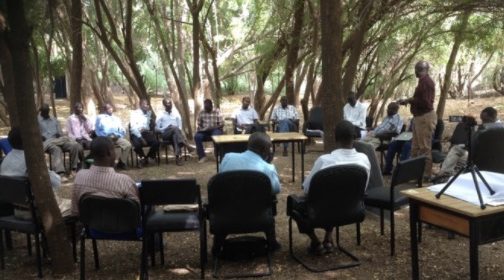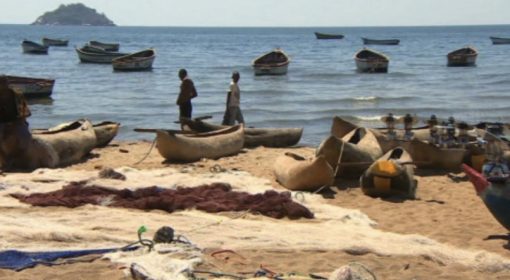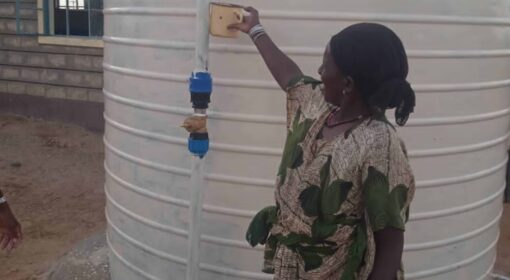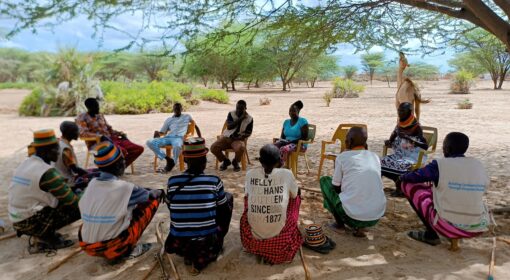“That was our water kiosk. It is now the home of the crocodiles.”
By Esmee Mulder, MetaMeta
The boda-boda (motorbike) speeds over the vast bare planes on the edge of Lake Turkana in Marsabit, Northern Kenya. The salt crusts crunch under the tires. In the distance the graves of the Layeni community become visible: stacked rock piles of which some have a vertical stick in them. Some of the graves are covered by water, which is one of the many indicators of the rising lake level. A few meters next to the submerged graves some residents drink directly from the water. “The taste is salty” a woman from Layeni shares, “but when it is windy, the taste gets better due to the mixing of the water.”

The El Molo is the smallest ethnic group in Kenya. With only seven “pure-El Molo” residents and less than 2000 members spread out over the two villages Layeni and Komote, the communities are often visited by tourists who are curious to learn more about the ethnic groups in Northern Kenya. The main livelihood of the El Molo is fishing, which is done on the traditional boats (a 1–2-person type of raft made of three palm tree trunks bound together) and some old motorized boats which were left behind by a film crew who worked in the area many years ago.
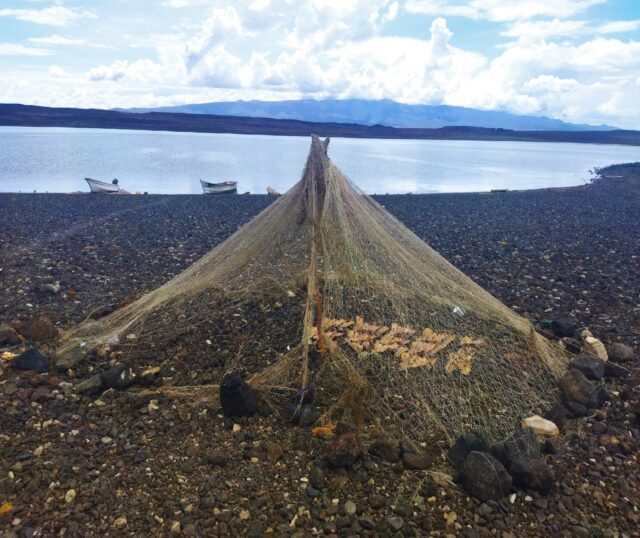
Though the residents know that the lake water is not healthy, causing diarrhea, browning of teeth and skeletal fluorosis (bone deformity due to high fluoride consumption), most do not have a choice. The groundwater is even more saline than the lake water and hand dug wells (to scoop fresh water from dry seasonal river beds) is only an option a few weeks a year.
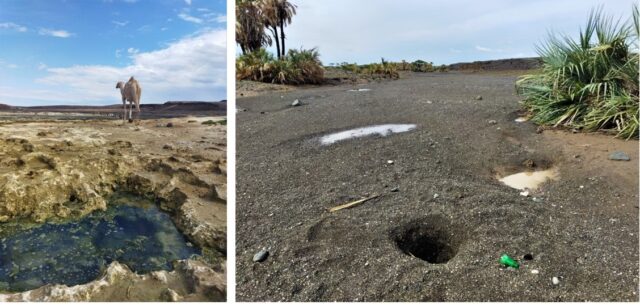
The county government and various NGO’s have been trying to provide clean drinking water, but unfortunately these initiatives have thus far failed. “One of the ways we got water from the government was though the Ngoboleng source” a youth form Layeni explains. This water was piped to the water tanks in Layeni village, Komote village, and the clinic. “The pipes broke every rain season” a man from Layeni shares. Now the pipes are swallowed by the rising lake. Just like the water kiosk of Komote village which has become an increasingly isolated island since 2019. “This was our water kiosk,” a woman from Komote points out, “it is now the home of the crocodiles.” The residents of Komote drink the water directly from the lake just like their neighbors in Layeni.
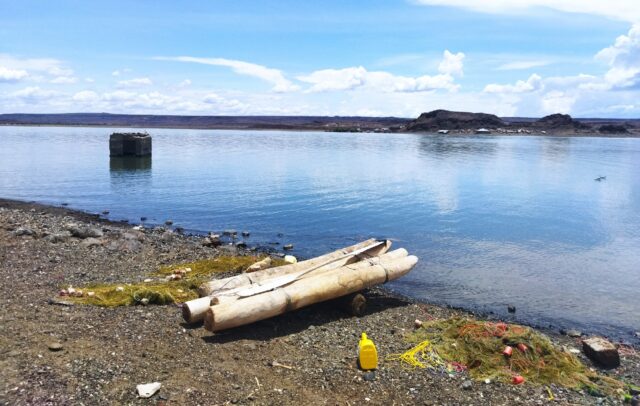
Only the school just across the lake from Komote which used to be connected to the village, has a water point. The water is piped from a nearby source installed long ago by missionaries and recently the spring has been protected by the Red Cross. However, the tap is not used much. Why not? “The water is salty,” one of the men who used to be a pupil at the school explains. “The taste of the lake water is better.” The rising of the lake also shows its impact at the school. The toilets had to be reconstructed as the previous ones have been flooded by the lake just a few meters away from where the lake water is being consumed.
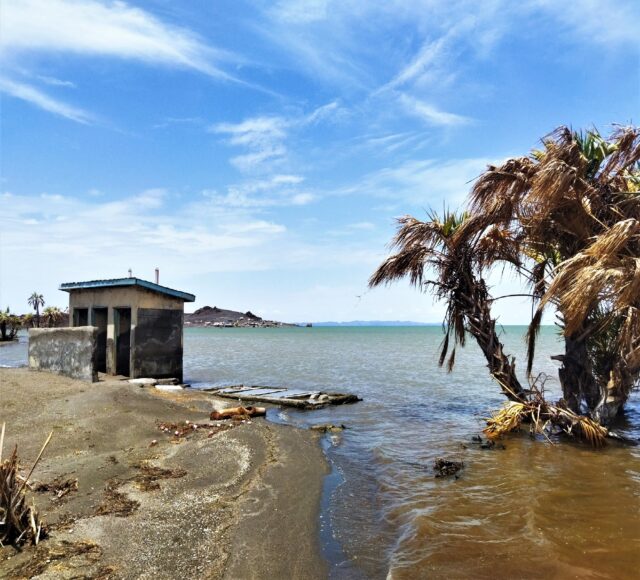
The clinic is not an exception to the lack of clean water availability in the area. An NGO has tried to support them by providing a new water tank (next to the old one which has been tipped over by the wind) and connecting it to the clinic roof for rain water harvesting. However, despite that the area has been heavily affected by a four-year drought, even in an average year the rainfall barely exceeds 100mm annually, resulting in the tank to be annually filled up approximately halfway (an amount which is finished by the clinic in a period of 2 weeks).
Therefore, for Layeni, Komote, the village-schools, and the clinic, the challenge remains on how to access clean drinking water. Fortunately, the residents of both villages are highly motivated and have been organizing themselves in the past months to find viable short- and long-term solutions. In the short-term, water will be trucked from the nearby town Loiyangalani in collaboration with the county government’s water truck. In the long term, alternative sources and technologies will be explored, such as various desalinization technologies for the lake water.
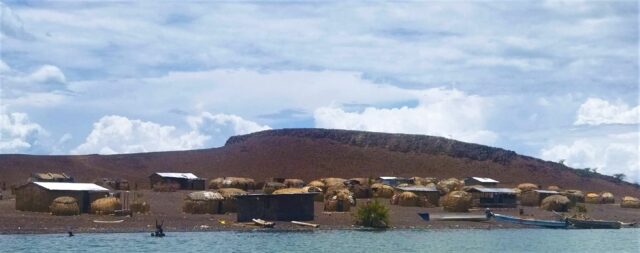
Any thoughts, feedback, or ideas on ways forward for Layeni and Komote communities in Northern Kenya? Contact Esmee Mulder at emulder@metameta.nl
